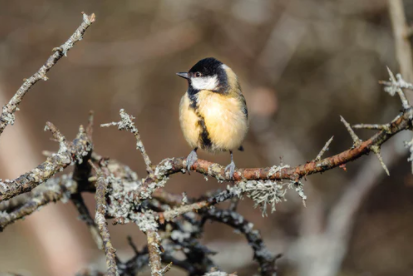State of the UK’s Woods and Trees 2021

This report from the Woodland Trust summarises key trends about the current state of native woodlands in the UK, how they contribute to society, and the threats they face. Although the area of woodland is slowly increasing, much of this increase is of non-native tree species, with only 15% of existing woodland being Ancient. Woodland wildlife is also in decline, with bird numbers decreasing by 29% since 1970.
The report calculates that all the woodland in the UK collectively holds 213 million tonnes of carbon; 36% of this is in long-established woodlands, despite this composing just 25% of total woodland. It is also found that only 16% of people have public access to a wood of at least two hectares in size within half a kilometre’s distance. Canopy cover in towns and cities is calculated as 16% on average, where it can contribute to flood mitigation, pollution control, and cooling on hot days.
The UK is currently failing to meet its target of creating 30,000 ha of native tree cover per year, averaging 10,000 ha of total woodland expansion per year over the last five years, with just 45% of this being broadleaved trees (used as a proxy for native species). The number of biosecure trees available for planting also falls well short of that needed to meet restoration targets.
Explore the infographics, and read the full report here.




